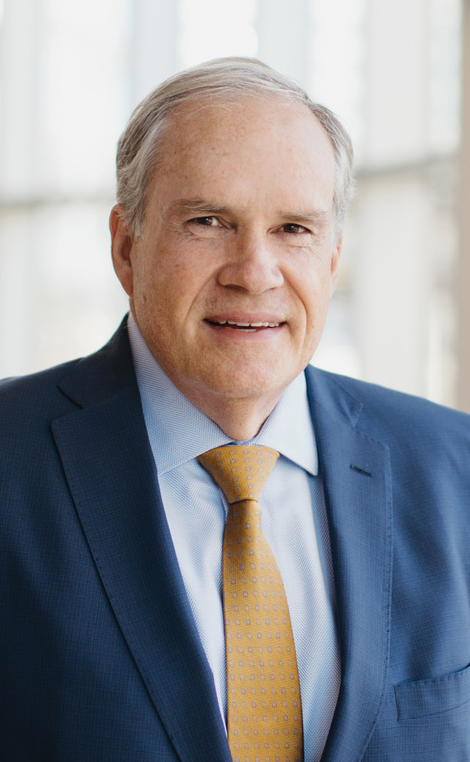 By John Hawkins
By John Hawkins
Coverage is a constant focus of ours here at the Texas Hospital Association, and for good reason: Insurance coverage is paramount to patient care and keeping Texans healthy, and our state has the highest uninsured population in the country. In our minds, it’s never a bad time to talk about it.
But thanks to the recent, and largely unfortunate, conclusion to a process that we knew would hurt – the state’s disenrollment of millions of Texans from COVID-19-era continuous Medicaid coverage – it’s as great a time as any to take a hard look at this vital issue again.
For a little over three years, as part of the federal COVID-19 public health emergency, continuous Medicaid coverage acted as a powerful safety net for the most vulnerable Texans during one of the toughest public health crises in recent history. As the Texas Tribune previously noted, continuous coverage in Texas largely benefited “poor children, their mothers while pregnant and [postpartum], and disabled and senior adults.” In April 2023, the Texas Health and Human Services Commission (HHSC) began the process of unwinding continuous coverage – that is, redetermining eligibility for nearly 6 million Texans receiving Medicaid benefits.
After more than a year – and periodic updates from the state on how many people were being disenrolled during the process – HHSC finished the Medicaid unwinding at the end of May. As of this writing, the state hasn’t compiled the final numbers yet. But as of April, more than 2.1 million Texans were disenrolled from Medicaid – with 65% of that group deemed ineligible due to procedural reasons, such as failing to respond or to submit documentation, rather than true ineligibility. These numbers are a sobering reality for everyone who wants to see more Texans covered, not less.
This situation – granting continuous coverage to millions as a result of a public health emergency, and then unringing the bell – was an unprecedented one, and not something the state could have undertaken easily. Still, we believe opportunities for improvement exist going forward, particularly on those scores of procedural denials. Last November, in a letter to HHSC making recommendations on budget asks for the 2025 session, THA noted that the Texas Legislature “only partially funded HHSC’s initial eligibility system and workforce funding request to support Medicaid unwinding.” We urged the agency to assess remaining needs related to determining Texans’ eligibility and noted, “This is an opportunity to act on lessons learned and remove unintended barriers by investing in Texas 2-1-1 call centers, modernizing the YourTexasBenefits website and app, and the eligibility workforce.” We’ll continue to stand ready as a partner to help the state make coverage administration run smoother.
But more broadly, of course, this experience highlights how far Texas is from an optimal level of comprehensive health coverage. And our hospital advocates continue working toward a better future on that front. Last month, Brad Holland, chair of THA’s Board of Trustees, testified on insurance coverage before the Texas Senate Health and Human Services Committee, and we also submitted written remarks. Through our written testimony, THA recommended several key steps to improve enrollment in existing options for health coverage:
- Express-lane eligibility to allow for faster and easier enrollment for children in Medicaid and the Children’s Health Insurance Program, by using data already collected for other programs, such as the Supplemental Nutrition Assistance Program.
- Growing Texas Health and Human Services’ Community Partner Program, which trains dedicated community-based organizations, including clinics, to help eligible but unenrolled Texans get on a health plan. We envision the Community Partner Program being able to distribute grants to these community organizations to help them increase their education, outreach and hands-on assistance for the uninsured.
- Investment in additional education programs to let uninsured Texans know about subsidies that can help with enrolling in federal Health Insurance Marketplace plans, and exploring state financial incentives, assistance and subsidies to help cover the costs of those plans. Those investments would build on recent climbing Marketplace participation in Texas; in 2023, nearly 3.3 million Texans signed up for the Marketplace, a new record for our state.
When comprehensive health coverage is unavailable to a person – or when it disappears – that person is less likely to pursue or receive early medical treatment for a preventable condition or illness, often leading to worse medical conditions and bad health outcomes. So, in a state where more people face that prospect than in any other, we must make coverage a continuous priority. The unwinding of continuous coverage was arduous and discouraging – but now, let’s use it as a wake-up call.


